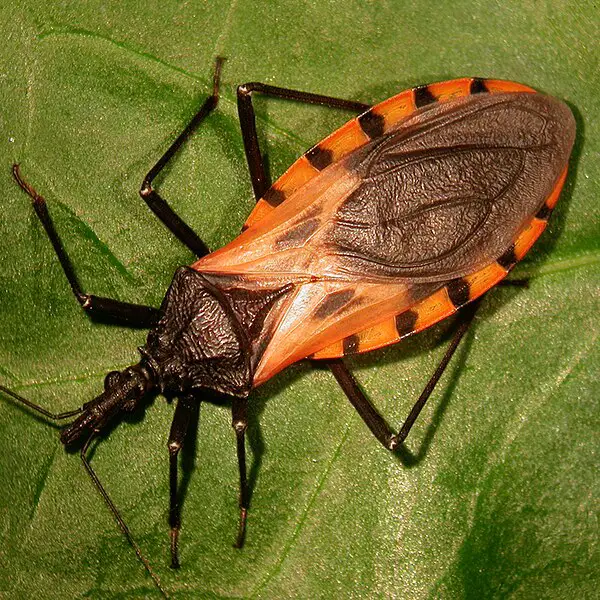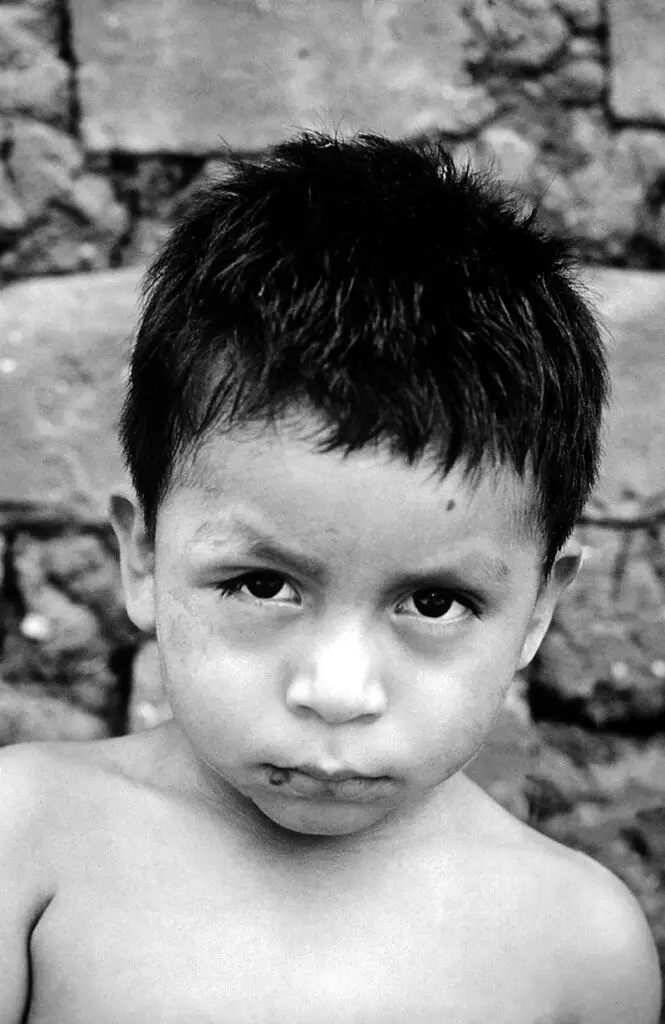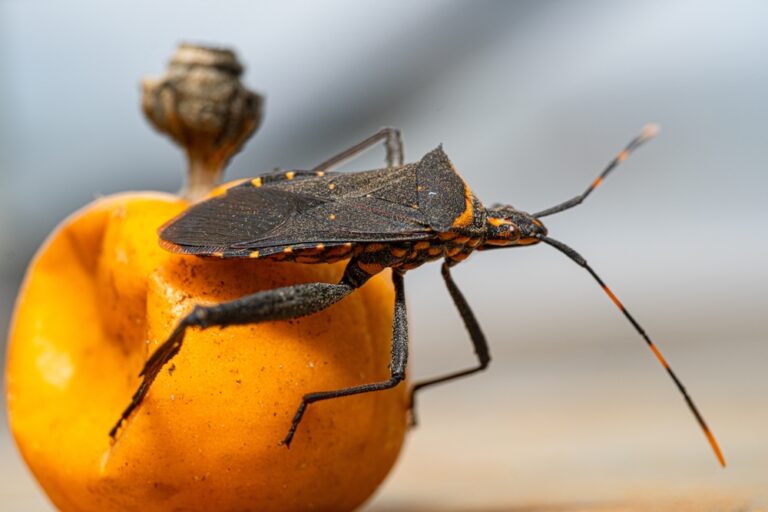Chagas is a tropical parasitic disease caused by Trypanosoma cruzi. It is spread mostly by insects in the subfamily Triatominae, known as “kissing bugs.” This disease is also known as a silent killer because symptoms may appear even years after a person gets infected.
The issue with it is that not much is done for either prevention or treatment of it because it is mainly the poor people from low-income housing in rural or suburban areas who get infected at night while sleeping.
According to the Centers for Disease Control and Prevention (CDC), in Mexico, Central America, and South America, approximately 8 million people–6 to 7 million worldwide as reported by the World Health Organization (WHO)– have Chagas disease, the majority unaware of their infection. About 12,000 people die of Chagas each year, killing “more people in Latin America than any other parasite disease, including malaria,” as reported by the Guardian.

Emiliana Rodríguez, who is now a mother, remembers a horrific scene from her childhood when she witnessed a friend of hers dropping down dead on the field during a game. At the time, she had no idea what took her friend’s life, her family only told her it was a “monster” which comes out during the night.
“The fear usually came at night. Sometimes I didn’t sleep,” she said. “I was afraid of sleeping and not waking up.”
Ever since, she has been afraid of that monster and the disease it spread, Chagas. Some 27 years later, she escaped her home country of Bolivia and moved to Barcelona, but what she didn’t know was that she couldn’t escape the Chagas.
When she learned she was pregnant, doctors discovered she had the infection in her body and she wasn’t even aware of it. There was fear that it could affect her baby as well. “I was paralysed with shock and remembered all those stories my relatives told me about people suddenly dying,” she said, also recalling the death of her friend. “I thought, ‘What’s going to happen to my baby?’”
Luckily, Rodríguez underwent treatment to prevent the parasite from reaching her unborn child through vertical transmission. After her baby girl was born, she tested negative.

Another case comes from Mexico and it involves Elvira Idalia Hernández Cuevas who had never heard of Chagas until her 18-year-old was diagnosed with the silent killer.
“I had never heard of Chagas so I started to research it on the internet,” Hernández said in an interview with the Guardian. “I was terrified when I saw it described as a silent killer. I didn’t know what to do or where to go.”
The issue is that just like Hernández, many other people are unaware of this disease and the blood-sucking bugs which cause it.
Chagas is named after Carlos Ribeiro Justiniano Chagas, a Brazilian physician and researcher who identified the human case in 1909. Over the past several decades, Chagas disease is known to be prevalent in Latin America, North America, Europe, Japan and Australia.

Speaking of the disease and what doctors knew about it, Hernández said, “In Mexico, the authorities say that there aren’t many people affected by Chagas and that it’s under control, but that’s not the situation.
“Medical professionals don’t receive any training and mistake Chagas for other heart diseases. The majority don’t realize there is Chagas in Mexico.”
Unfortunately, it is neglected partly because “it’s a silent disease that stays hidden for so long in your body … because of the asymptomatic nature of the initial part of the infection,” as per Colin Forsyth, a research manager at the Drugs for Neglected Diseases Initiative (DNDi).
Referencing the poor populations, Forsyth continued, “The people affected just don’t have the power to influence healthcare policy. There’s this confluence of biological and social issues that keep it hidden.”
However, as there are more and more cases worldwide, things may change, but likely not in the near future.
Professor David Moore, a consultant at the Hospital for Tropical Diseases in London, created the Chagas Hub, a UK-based facility with the primary goal of having “more people tested and treated, and to manage the risk of transmission, which in the UK is from mother to child,” he said.
This disease can only be treated with two medicines, benznidazole and nifurtimox, both of which have been on the market for half a decade but don’t seem to be much effective. Sadly, there are no funds for further research on which other drugs can be used to treat this silent killer.
At the moment, Rodríguez is doing all in her power to raise awareness about Chagas through a campaign by the Barcelona Institute for Global Health. “I’m fed up with so much silence,” Rodríguez says. “I want people to talk about Chagas, and to know about it. I want people to get tested and to get treatment.”

The WHO established World Chagas Disease Day, which runs every year on April 14, the day in 1909 when Carlos discovered the first human case. WHO writes that “Global targets for 2030 and milestones are set out to prevent, control, eliminate and eradicate a diverse set of 20 diseases and disease groups.” This includes Chagas.
To prevent a possible infestation, the CDC recommends that you:
- Seal cracks and gaps around windows, walls, roofs and doors
- Remove wood, brush and rock piles near your house
- Use screens on doors and windows and repair any holes or tears
- Seal holes and cracks leading to the attic, to crawl spaces below the house and to the outside
- Have pets sleep indoors, especially at night
- Keep your house and any outdoor pet resting areas clean, in addition to periodically checking both areas for the presence of bugs.
In case you see this bug, you shouldn’t smash it. Instead, you should carefully place the bug in a container and fill the container with rubbing alcohol or freeze it in water which you will then bring to your local health department or a university laboratory for identification.
Have you ever heard of Chagas yourself?
Please SHARE this article with your family and friends on Facebook.
Bored Daddy
Love and Peace
